Is Google Translate bad for SEO?
So you’ve noticed an upswing in visitors to your page in a language other than English. What is the best way to make sure those visitors get the most from your site? If the first answer which springs to mind is Google Translate, it might be time to go back to the drawing board.
Accuracy & Appearance
Ever translated something into Mandarin? Azerbaijani? Chances are you haven’t got the foggiest about the correct usage of phrases or nuances in a foreign language, and that’s absolutely fine. We’re not suggesting you’d be better off doing the translating yourself (evening classes in Swahili, anyone?) however Google Translate may not be an appropriate solution.
The problem with Google Translate (and other similar machine translations) is that when it comes to translating creative copywriting or technical information, it lacks human understanding of nuances and colloquial language, which could create confusion for users. Let's look at some examples:
Creative Copywriting in Spanish -
"DOCK HERE AND WHISKY YOURSELF AWAY"
Translated into Spanish, then back into English, gives us -

Hmm - not so great. How about some technical information in Arabic?
"Grass should be cut in the morning with a mower conditioner and tedded out within 2 hours to allow quick wilting.
This is the time frame the stomata are open, so tedding needs to be quick to maximise the moisture loss from stomata."
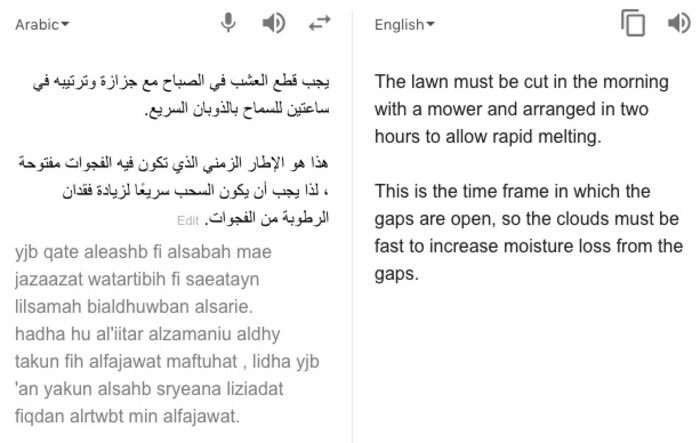
Maybe just a simple headline in Chinese?
"Winter Warmth Appeal"

Hopefully, you get the idea.
In terms of displaying Google Translate on your site - the options are limited, as none of them can be styled. Spoiler alert: the Translate plugin isn’t stylish. This means it is difficult to match to the rest of your site, and can look very outdated. If you've spent a lot of time and money investing in site design that fits with your brand and you're happy with this, the last thing you want is to take away from that.
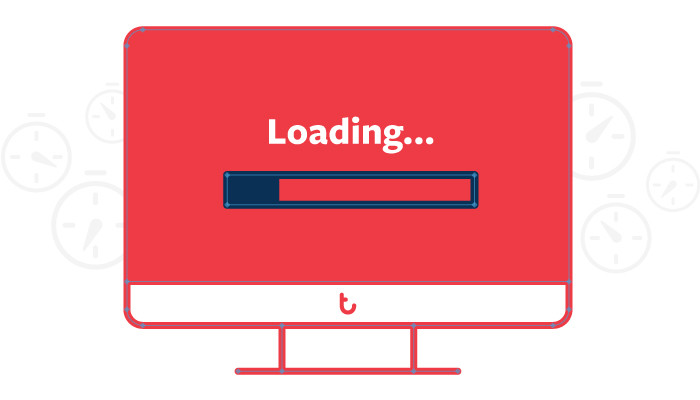
Another issue to consider is that Google Translate could actually slow your site down. When examining the benefits and pitfalls of adding more JavaScript to your site, the most important factor to consider is your users. Adding Google Translate results in a slower user experience - especially on mobile. Considering site speed is a key ranking factor for Google, this highlights that it's not just a questionable translation which is concerning.
SEO: Lost in Translation?
If you appreciate the importance of search engine optimisation and understand the value of getting it right, then another key consideration is the impact of Google Translate on your rankings.
When a user in another country, using another language searches for your site, having Google Translate installed is of no benefit. The reason for this is that it’s not until a user comes across your site, and uses the translation option, that it appears in that language. So adding this won’t help you rank internationally.
Let’s reflect on why you’re looking to translate your site in the first place - to communicate with users from another language market in a meaningful way. This means you need to make sure you're targeting specific countries with international SEO. To do this, you must create translated pages or a fully-translated site properly, with integral SEO best practice like setting up localised subdirectories and implementing hreflang tags. Telling search engines that you have multiple versions of a page for different languages or regions allows them to point users to the most appropriate version of your site.
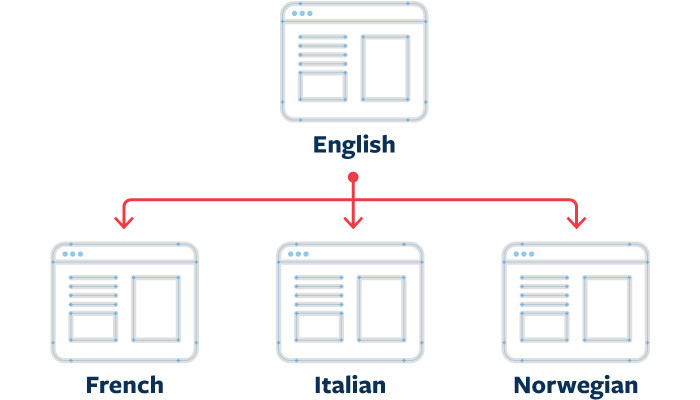
Putting your site through a translation machine will give you a word-for-word, literal translation. This doesn’t create any new or relevant content that can be ranked internationally, and by using Google Translate on your site you’re giving the third party access to it. This means every page translated (right down to the last word) is available for competitors and search engines, without adding value to your site.
There are other options for creating translated pages which can help meet your objectives without missing key elements of the translation.
So What Now?
If the varied language visitors to your site have reached a level that causes you to think about adding a translate option to cater for them, then that’s great news! An international audience is a real positive.
As with all things in digital, the best way to reach your customers is to invest in them. While Google Translate is cited as a quick and easy option, it’s not a long-term solution. Making a plan about your approach for the future and choosing which languages to translate to is a far better option.
1. Identify Your Audience
Look at your analytics, examine feedback from contact forms/communication and social media. If you’re seeing an increase in Spanish visitors, or if the amount of German speakers are on the rise, then choose these to focus on.
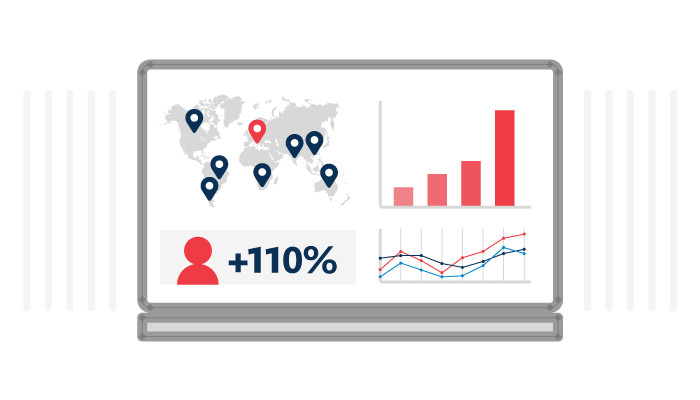
2. Research Their Needs
Ideally, you should provide a whole translation of your site for these users, however realistically that’s not always possible. If you’re targeting tourists, then they may not need as much information on the delivery service you offer, if it’s only locally based. However, opening times, visit opportunities, location, anything relevant to wider audiences should be included. This should help you narrow down the content from your site that needs to be included in language specific pages if a whole site translation isn't possible.
3. Work With a Real Translator
So you have your content identified, fab. Now you need it to be translated. Choose someone who speaks the language and is familiar with colloquialisms. Consider cultural norms - does the language flow right to left, or left to right? On top of this, it's important to make sure they understand your brand tone-of-voice so the translation sounds like your organisation.
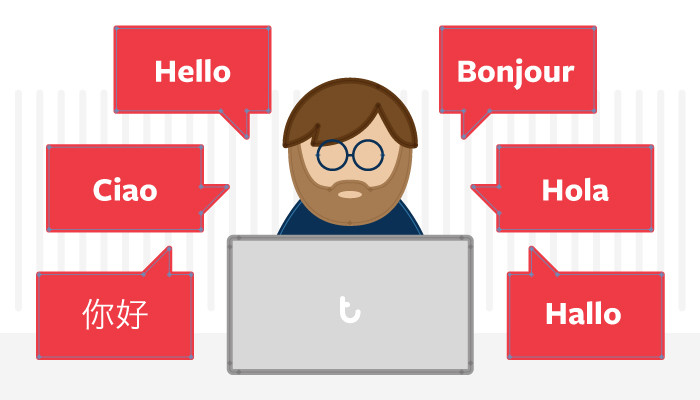
4. Pick a Digital Partner
Creating a multilingual website is daunting. Even if you have considered all of the points above, you should still seek the help of an experienced digital partner who has worked on a similar project before. In terms of design and development, this should be treated as you would any other project. As mentioned above, digital marketing is essential as things like hreflang attributes should be implemented to ensure you serve the right content to the right users. Reaching international audiences can be tough, but is very rewarding. Working with a team who can help you implement a solid international SEO strategy is the best way to ensure success.
If you’re keen to explore more ways to create a multilingual option for international users, then we can help. Get in touch with our team today.